Ditapis dengan
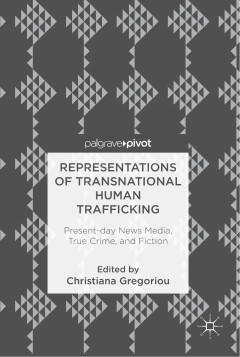
Representations of transnational human trafficking :present-day news media, t…
This open access edited collection examines representations of human trafficking in media ranging from British and Serbian newspapers, British and Scandinavian crime novels, and a documentary series, and questions the extent to which these portrayals reflect the realities of trafficking. It tackles the problematic tendency to under-report particular types of victim and forms of trafficking, and…
- Edisi
- -
- ISBN/ISSN
- 9783319782140
- Deskripsi Fisik
- -
- Judul Seri
- -
- No. Panggil
- 401.41 REP r
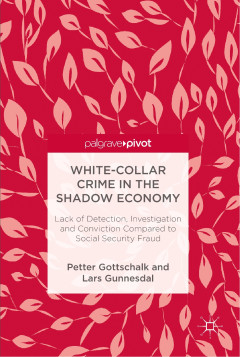
White-collar crime in the shadow economy :lack of detection, investigation an…
This open access book examines the magnitude, causes of, and reactions to white-collar crime, based on the theories and research of those who have uncovered various forms of white-collar crime. It argues that the offenders who are convicted represent only ‘the tip of the iceberg’ of a much greater problem: because white-collar crime is forced to compete with other kinds of financial crime l…
- Edisi
- -
- ISBN/ISSN
- 9783319752921
- Deskripsi Fisik
- xvi, 155p. : ill.
- Judul Seri
- -
- No. Panggil
- 363.25963 GOT g
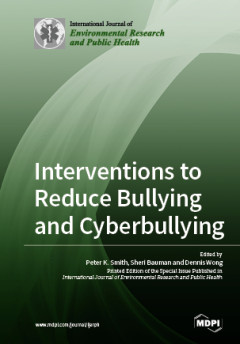
Interventions to reduce bullying and cyberbullying
This book, a Special Issue of the International Journal of Environmental Research and Public Health, has been curated by three leading international experts on the topic. Following their editorial, there are 14 contributions on the topic of interventions against bullying, including cyberbullying, and similar abusive behaviors such as dating violence. Some contributions also assess positive or p…
- Edisi
- -
- ISBN/ISSN
- 9783039213603
- Deskripsi Fisik
- VII, 204 p.
- Judul Seri
- -
- No. Panggil
- 371.58 SMI i

Crime and Criminal Justice in Modern Germany
The history of criminal justice in modern Germany has become a vibrant field of research, as demonstrated in this volume. Following an introductory survey, the twelve chapters examine major topics in the history of crime and criminal justice from Imperial Germany, through the Weimar and Nazi eras, to the early postwar years. These topics include case studies of criminal trials, the development …
- Edisi
- -
- ISBN/ISSN
- 9781782382478
- Deskripsi Fisik
- -
- Judul Seri
- -
- No. Panggil
- 364.943 WET c
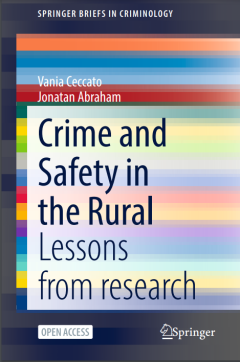
Crime and safety in the rural :lessons from research
Criminology has until recently neglected the nature and levels of crime outside the urban realm. This is not a surprise as crime tends to concentrate in urban areas and the police directs resources where the problems are. Yet, there are many reasons why scholars, decision-makers and society as a whole should care about crime and safety in rural areas. This book highlights 20 reasons why crime a…
- Edisi
- -
- ISBN/ISSN
- 9783030982904
- Deskripsi Fisik
- xix; 123p;
- Judul Seri
- -
- No. Panggil
- 364.91734 CRI V
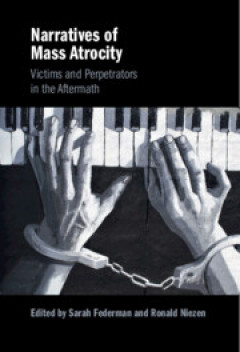
Narratives of Mass Atrocity :Victims and Perpetrators in the Aftermath
Individuals can assume—and be assigned—multiple roles throughout a conflict: perpetrators can be victims, and vice versa; heroes can be reassessed as complicit and compromised. However, accepting this more accurate representation of the narrativized identities of violence presents a conundrum for accountability and justice mechanisms premised on clear roles. This book considers these comple…
- Edisi
- -
- ISBN/ISSN
- 9781009110693
- Deskripsi Fisik
- xix, 376 p : ill
- Judul Seri
- -
- No. Panggil
- 364.15234 NAR
 Karya Umum
Karya Umum  Filsafat
Filsafat  Agama
Agama  Ilmu-ilmu Sosial
Ilmu-ilmu Sosial  Bahasa
Bahasa  Ilmu-ilmu Murni
Ilmu-ilmu Murni  Ilmu-ilmu Terapan
Ilmu-ilmu Terapan  Kesenian, Hiburan, dan Olahraga
Kesenian, Hiburan, dan Olahraga  Kesusastraan
Kesusastraan  Geografi dan Sejarah
Geografi dan Sejarah